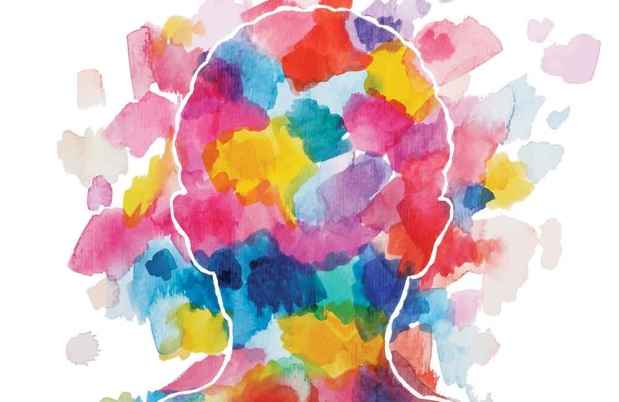Autism 101 – A Guide to the Spectrum of Disorders
Available with English captions and subtitles in Spanish.
Autism spectrum disorder (ASD) starts early in childhood and lasts throughout a person’s life. It can impact how a person acts, interacts, communicates, and learns. And since it’s a spectrum, there are many disorders that fall under the umbrella of ASD. But what causes it? How can we treat it? And, if diagnosed, can we still lead a successful life?
Audience Questions
In this session, Laura Mead, MSEd, provides education on recognizing the signs of autism, discusses treatment and support for children and parents, and answers your questions about ASD.
- What do you think of using conditions, disabilities, or disorders as adjectives—calling someone autistic, bipolar, or schizophrenic instead of a person with autism, bipolar disorder, or schizophrenia?
- I’m curious if the characteristics that you mentioned are geared toward the male presentation of autism in a way that girls are continuing to go undiagnosed. Do you know if there is work being done in this area to better understand presentation in girls?
- Do we understand why some children show early signs of behaviors that are better associated with ASD, and others seem to regress in their development? Do you know if there are any research studies that look at earlier identification of disorders in children who are more likely to regress?
- If an adult suspects that they have ASD, what is the best way to determine a diagnosis as an adult? Is there a neuropsychiatric test geared toward adult diagnosis?
- Are there general accommodations that are recommended for adults with ASD in a working environment, or are they similar to those being used in the school environment? How do the accommodations for those with ASD evolve as they age and their environment changes?
- Is high-functioning autism harder to determine or diagnose than someone who presents with more typical traits of ASD? Are they more likely to fly under the radar?
- My child is having a hard time not taking everything literally, and it’s causing them a lot of confusion. As a parent, I’m having a hard time trying to explain why things are labeled a certain way or why people use certain phrases or idioms. Do you have any advice?
- I’m curious how some of the intervention ideas that you’ve brought up could be adapted to behavioral therapy with adults to treat coexisting conditions—specifically, do we know anything about suicidality in adults with autism?
The information discussed is intended to be educational and should not be used as a substitute for guidance provided by your health care provider. Please consult with your treatment team before making any changes to your care plan.
Resources
- Altogether Autism
- Autism Interventions
- General Information About Autism – Centers for Disease Control (CDC)
- Advisory on DSM-5 – MA Dept of Elementary and Secondary Education
- Autism Research– CDC
- Science News About Autism – National Institutes of Health
- Autism 101 – Spectrum News
About Laura D. Mead, MSEd, MBA
Laura D. Mead, MSEd, MBA, a teacher and administrator with 20 years of experience in special education, is currently the educational administrator at Pathways Academy, McLean Hospital’s school for students on the autism spectrum, with and without co-occurring psychiatric diagnoses.
Ms. Mead’s background is in psychology, education, and art. She has taught elementary and middle school special education to students with social-emotional and behavioral challenges in both private and public school settings. Her interests lie in building students’ self-esteem within the therapeutic learning environment.
Learn more about Laura Mead.
More Webinars
It’s important to think about ways to manage your mental health. McLean is committed to providing mental health and self-care resources for all who may need them. You and your family may find these strategies from McLean experts helpful to feel mentally balanced in your everyday lives.
Sign up now for the next webinar in our Mental Health Webinar Series.



